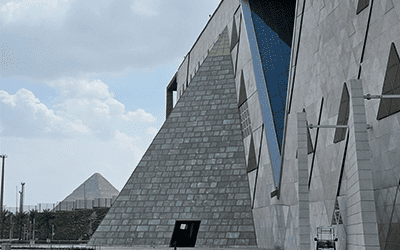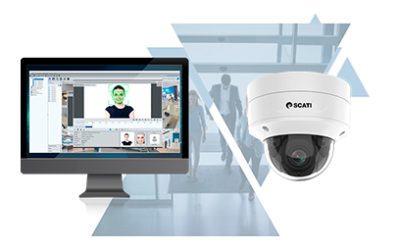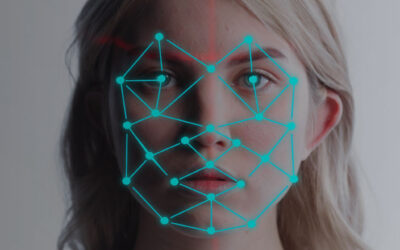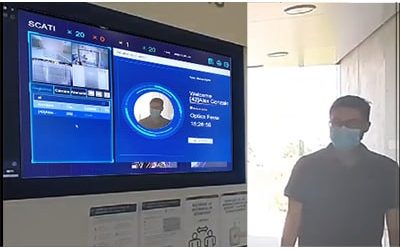The Solar Boat building at the Grand Egyptian Museum (GEM) faces the challenge of protecting valuable historical pieces. The systems must guarantee...
Access control trends for 2025: innovation and security
Access control management has seen significant advances in recent years, and 2025 promises to be a key year for consolidating technology and...
Biometric technology in access control: the future of security
Discover with SCATI what are the top ten benefits of using access control in your business.
Flexibility and facial recognition: the keys to securing a large sports complex (Brazil).
Brazil's most modern soccer stadium protects its facilities with a flexible solution based on facial recognition.CHALLENGE With a capacity of more...
Video surveillance systems, the driving force behind the Digital Transformation of the Retail Industry
Toni Polo, Sales Director Spain and EMEA Region. SCATI With the e-Commerce boom, consumers today are more demanding. From any device connected to...
Video recorders with face recognition, body temperature and mask detection.
For small security projects This new line of video recorders incorporates deep learning algorithms for facial recognition and are capable of...
Recommendations to protect your cameras against cyber-attacks
Cyber-Security for IP cameras Any device connected to the network, like IP cameras, has the risk of being cyber-attacked. Are your cameras really...







